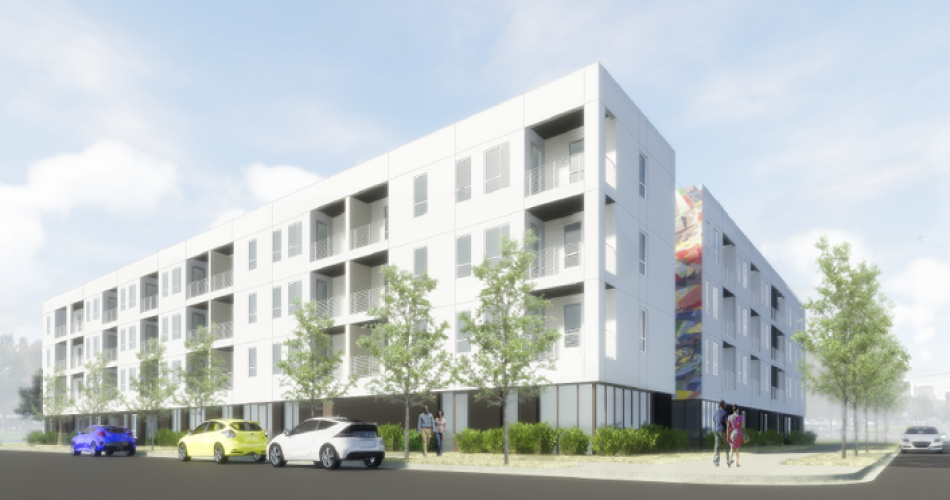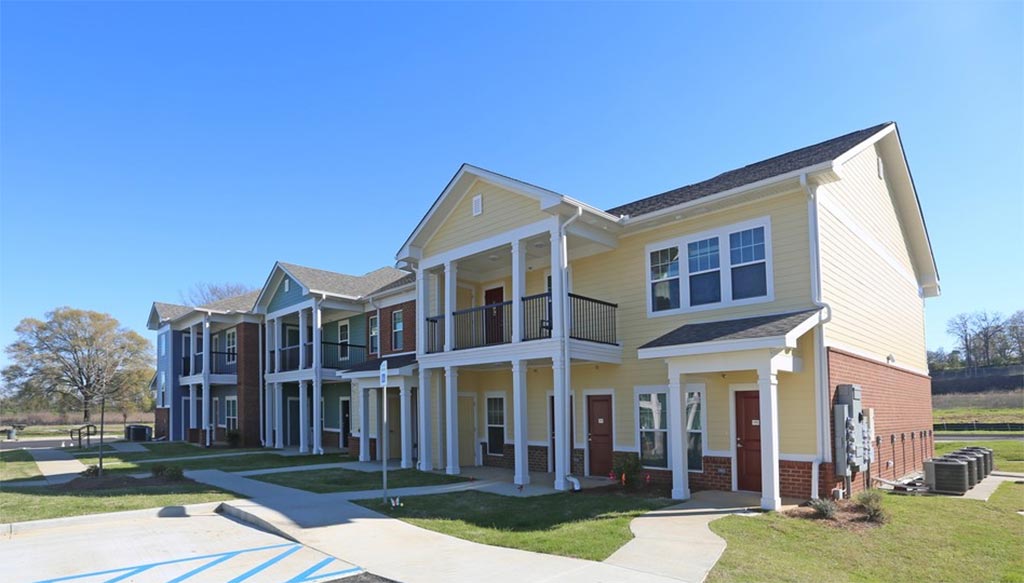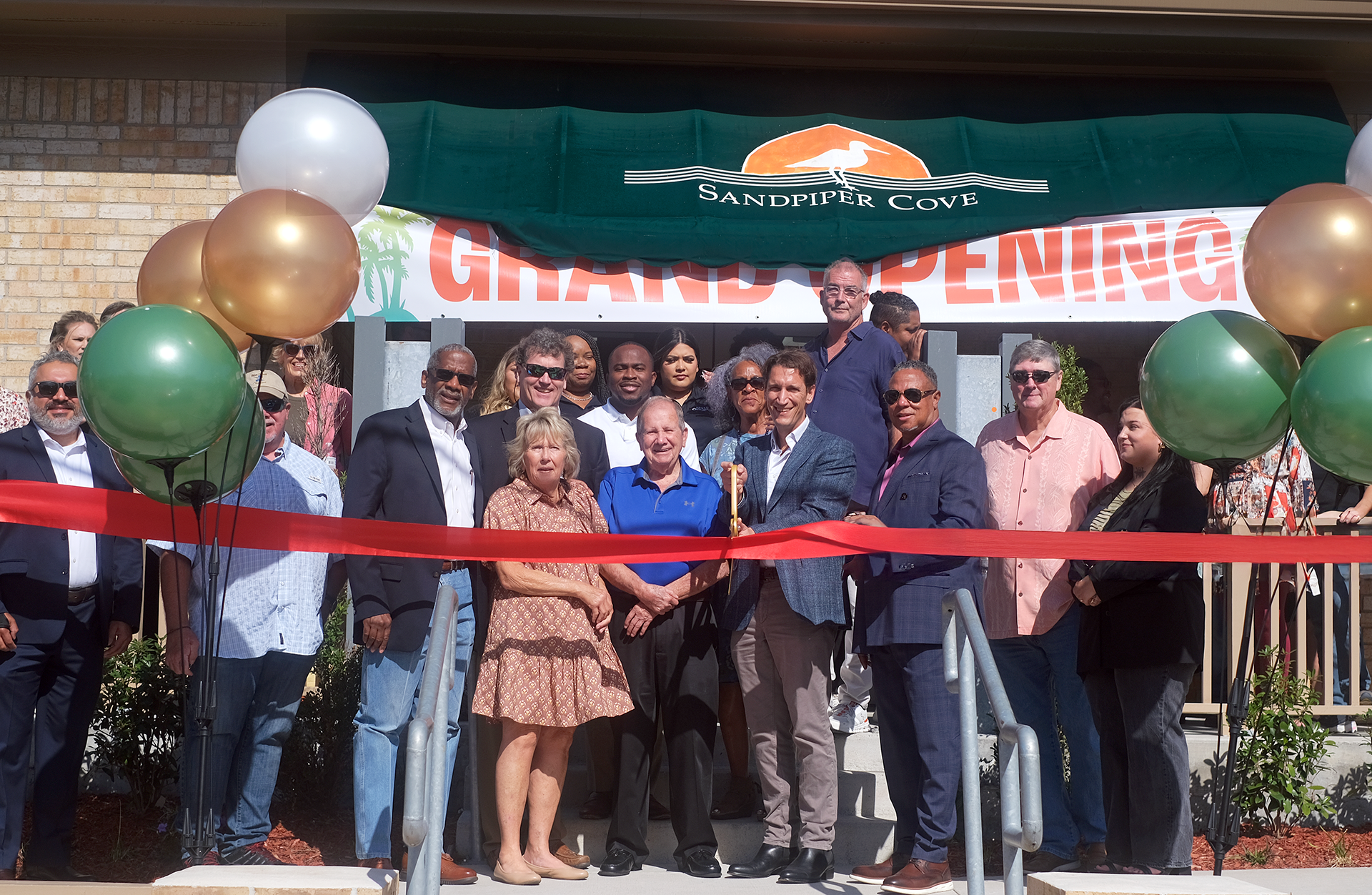Public housing is undergoing a sweeping change in Austin, Texas.
For the past three years, the 82-year-old Housing Authority of the City of Austin (HACA) has been converting its public housing developments one by one to project-based rental assistance through the federal Rental Assistance Demonstration (RAD) program.
“As one of the first housing authorities in the United States, we thought it would be good for us to be one of the first to do a full portfolio conversion,” says Ann Gass, HACA director of strategic housing initiatives.
The agency has taken approximately 80% of its portfolio of 1,839 public housing units through the RAD process, with the help of various development and finance partners. HACA is on track to convert the last few hundred units in the next year and a half.
“RAD was used as a tool to essentially make meaningful and significant improvements for the residents that we serve,” says Sylvia Blanco, COO at HACA. “Under the traditional public housing resource and capital fund program, it would have taken decades to make the improvements. We’ve been able to do it in a fraction of the time.”
RAD is the centerpiece of the Department of Housing and Urban Development’s (HUD’s) strategy to preserve at-risk public housing and address a $26 billion backlog of deferred maintenance nationwide. The seven-year-old program allows PHAs to convert their public housing units to Sec. 8 rental assistance contracts.
This is important because when a development has long-term rental assistance it has a more stable funding platform, which puts the property in position to leverage additional financing to perform capital improvements.
Each year, roughly 10,000 units of public housing are lost due to disrepair. Without RAD, it would have taken 46 years for housing authorities to complete the same level of unit repairs and renewals, according to federal officials.
Nationally, public housing authorities have preserved 100,000 homes through RAD and are working on preserving or redeveloping another 250,000 homes across the country. In response to the high demand from PHAs, Congress increased the program to 455,000 units last year.
“It’s about improving the quality of life for the families we serve,” Blanco says. “We serve some of the most vulnerable residents in Austin—seniors, persons with disabilities, and families with young children.”
Each property conversion has been different, with some using 9% low-income housing tax credits (LIHTCs) and others using 4% LIHTCs combined with other financing. Fannie Mae has been a key finance partner, providing loans to 13 of HACA’s 16 RAD conversions, including the recent rehabilitation of Gaston Place.
Built in 1978, the 100-unit property serves seniors and people with disabilities. HACA partnered with ITEX to rehabilitate the community with new plumbing, kitchens, bathrooms, flooring, paint, exterior improvements, and improved accessibility.
Financing for the $8 million effort included 4% LIHTCs and a nearly $2 million Fannie Mae loan through Bellwether Enterprise.













